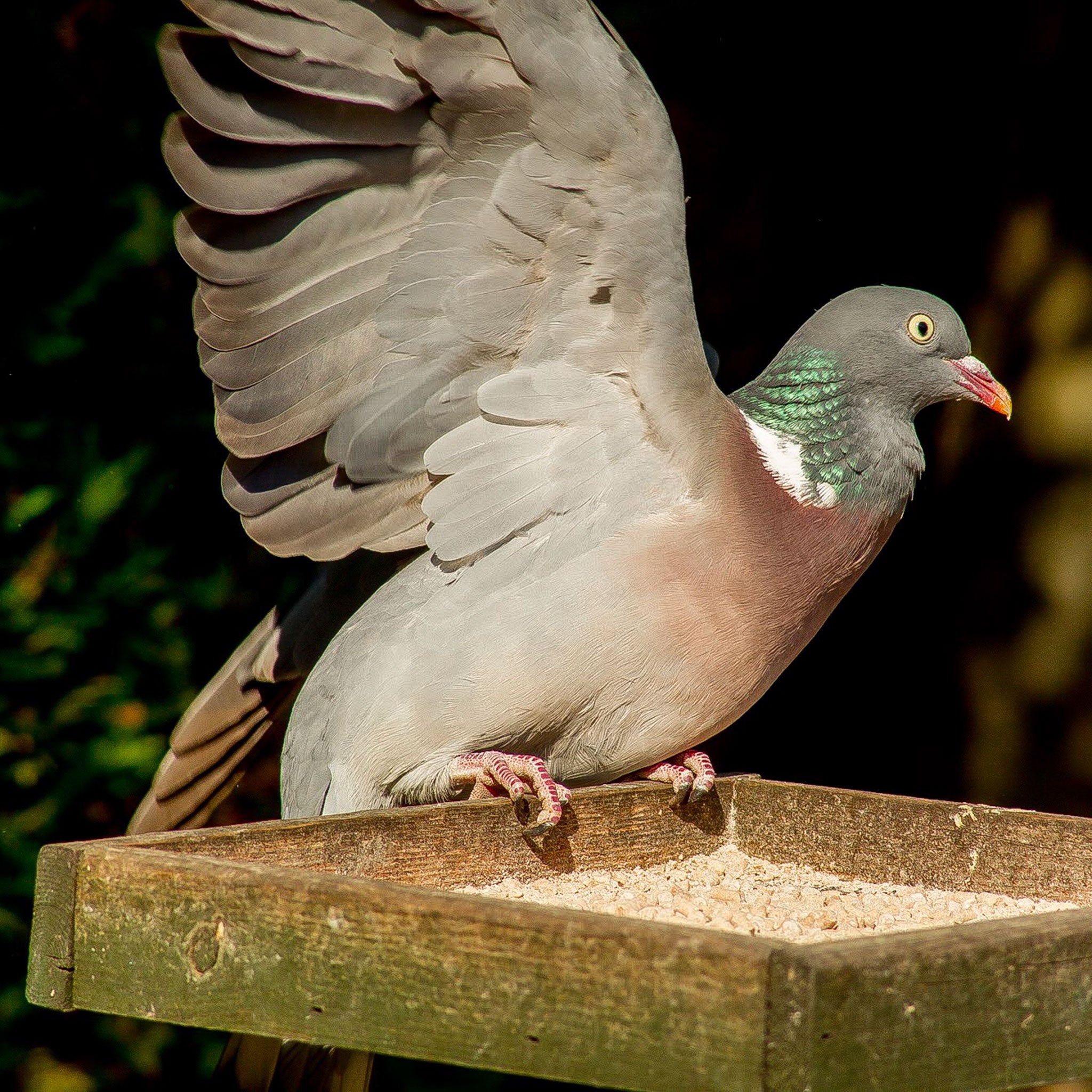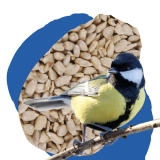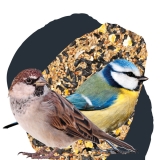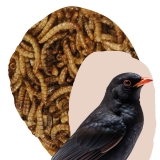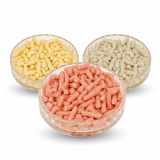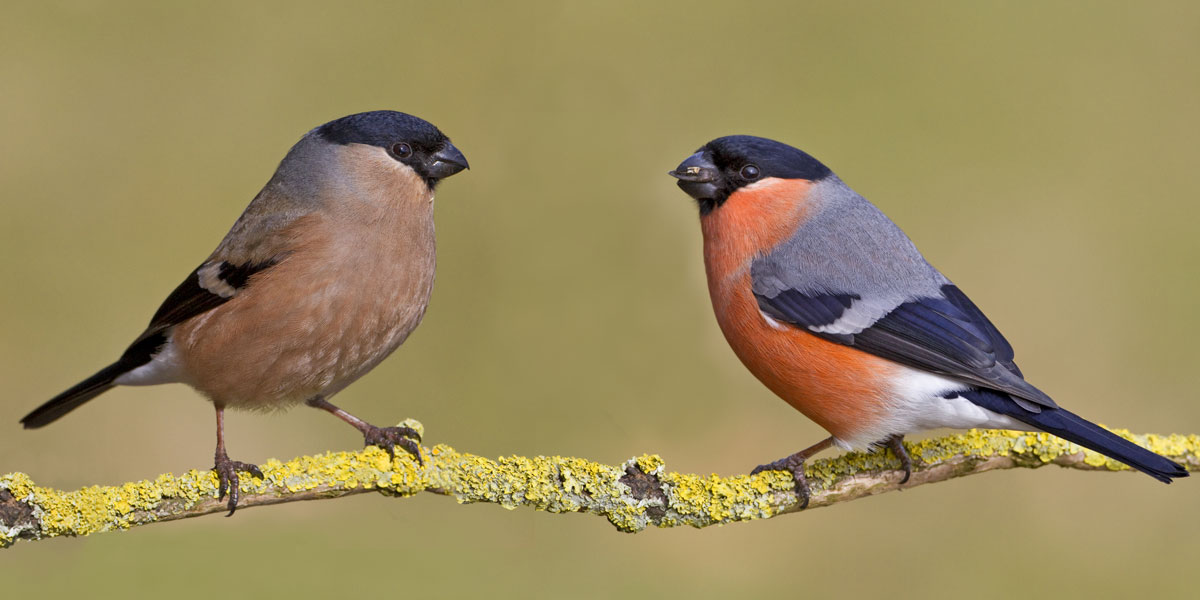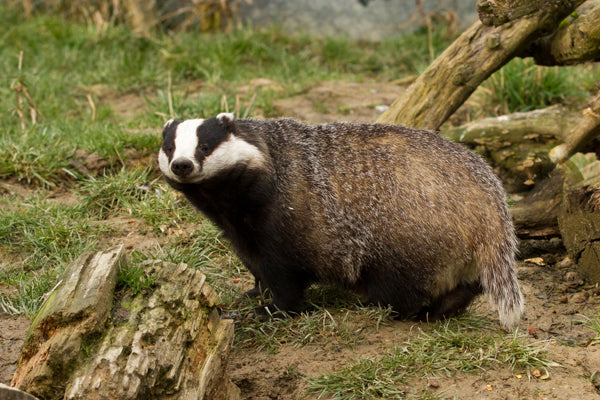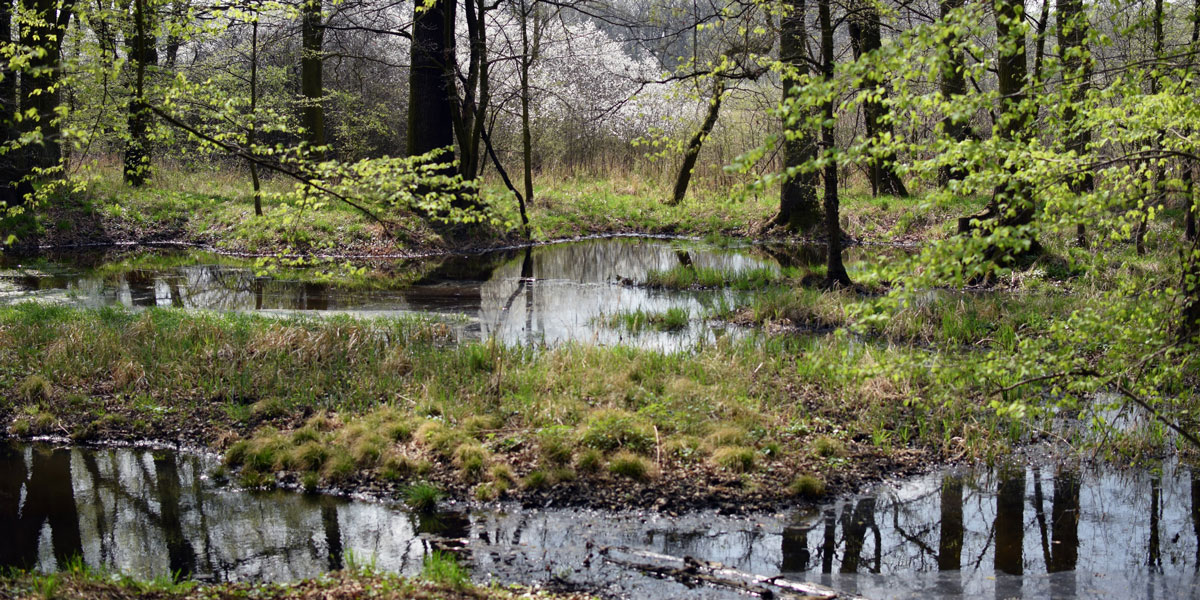Explore Our Garden Wildlife Blog
Browse or search by Category or Keyword below, alternatively click on any Tag to see related articles.
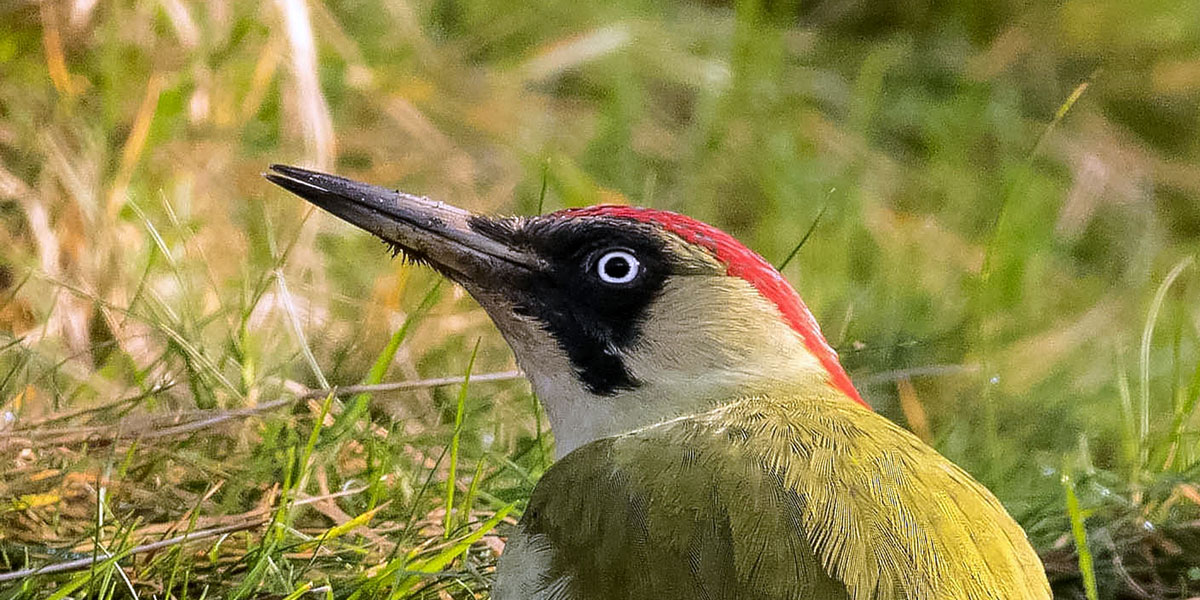

Birds To Spot On Your Feeder & Their Beak Size
By Ark Wildlife
23rd February 2023
Last Updated: 13th March 2023
Take a moment to look out of the window at the birds in your garden. If you watch them for a while, you’ll begin to notice different behaviours between the species. Don’t worry if you can’t identify them all, that comes with time.
Notice that some will flit around the tree tops but never land on the ground. Others will be lurking deep in the hedgerow and you’ll need to look carefully because they don’t like being seen! Others will hop around the lawn, bold as brass, even while you tend the borders or mow the lawn.
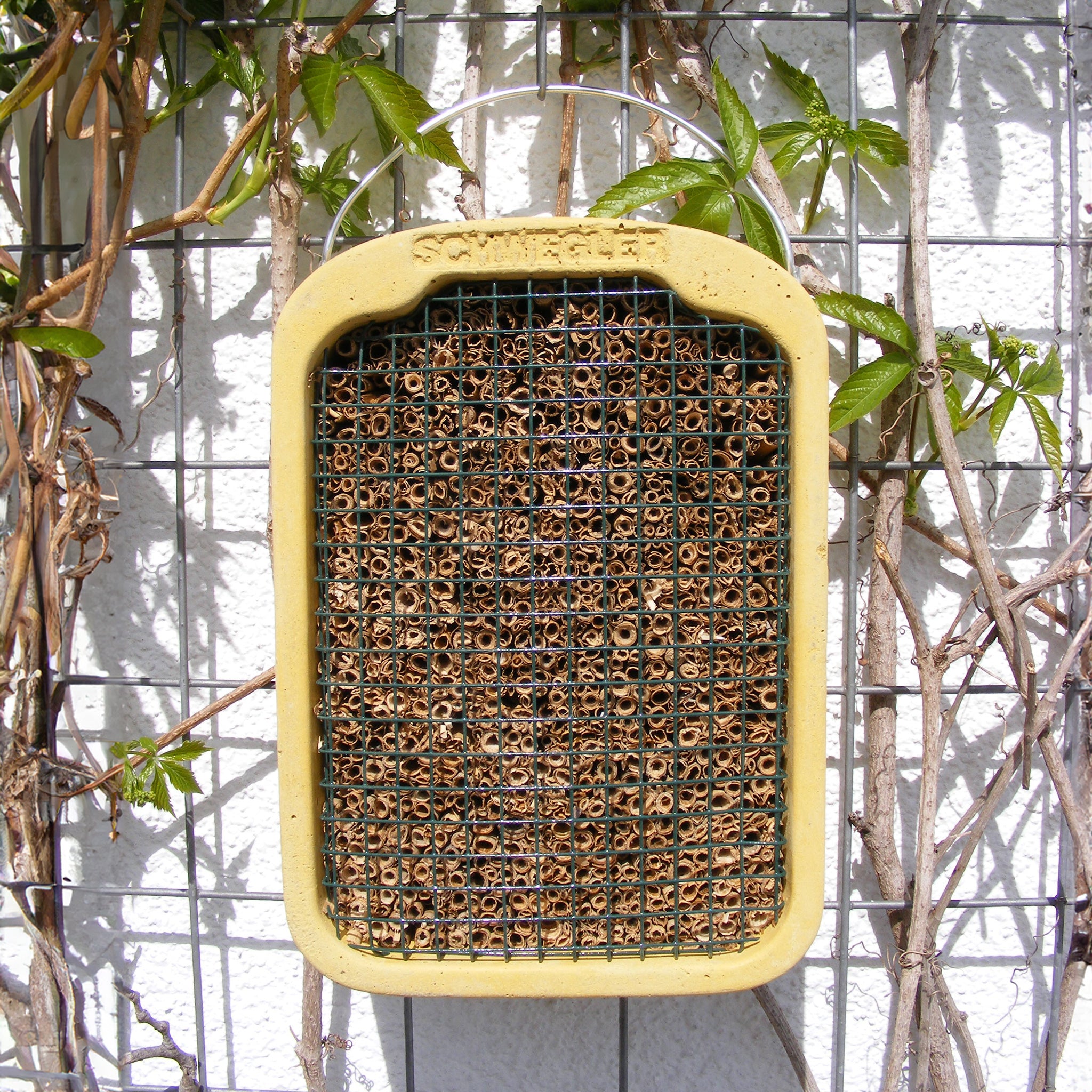

Why do birds have different types of beaks?
As you start watching your garden birds more closely you’ll notice the different shapes of beak (also called bills) that they possess. They come in all shapes and sizes; Long and thin, short and stout, hooked, thin and short; even crossed! Beaks are shaped and sized to help birds forage in a precise way to get their chosen foods. Most birds will accept a variety of foods in times of shortage but usually use their specialist beaks to access their preferred foods and we can use these differences to determine their true feeding preferences.
Birds that mostly eat seeds, such as finches, usually have short, thick, strong beaks, which are good for crushing or cracking open the seeds. Short thin beaks are ideal for catching insects on plant leaves or just under the bark.
Birds with slightly longer beaks such as the thrushes and starlings can eat a mixture of food, like worms and snails as well as fruit and berries. Birds of prey on the other hand, such as sparrow hawks and kestrels, have smaller hooked beaks that can rip and tear flesh. Other birds such as herons and kingfishers, have very long pointed beaks to spear fish but ducks on the other hand, have flatter, broader beaks, which are good at filtering food from the water.
What are the common birds to spot on your feeder?
Blackbirds (longish thin beak) feed mainly on the ground. They run and pause, hop, hop, hop, then run and pause. Each time they stop, they tilt their heads to the side as if listening (in fact they are looking at the ground because their eyes look sideways, not forward like a humans) for prey. If they see a worm, they search more thoroughly before moving because worms tend to collect in small groups, so another one is usually nearby. You can place ground feeders in your garden for these birds to feed from, along with a ground feeder cage for blackbirds to keep them safe from predators.
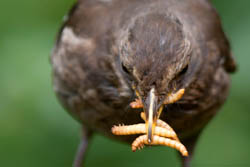

Blue Tits (short thin beak) can be clearly seen in the tree tops examining everything very closely, spending much of their time hanging upside down, peering under leaves where most of the caterpillars hide. It can take a blue tit half an hour or more to search through a whole tree, examining each branch and leaf as it goes.
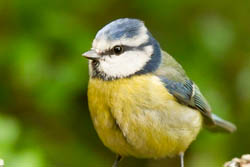

Dunnocks (short thin beak) can be seen under bushes and small trees, pecking all day in the shadows without apparently picking anything up, but in fact snapping up tiny insects along with any discarded seeds it happens across, spending nearly all its time foraging just to survive.
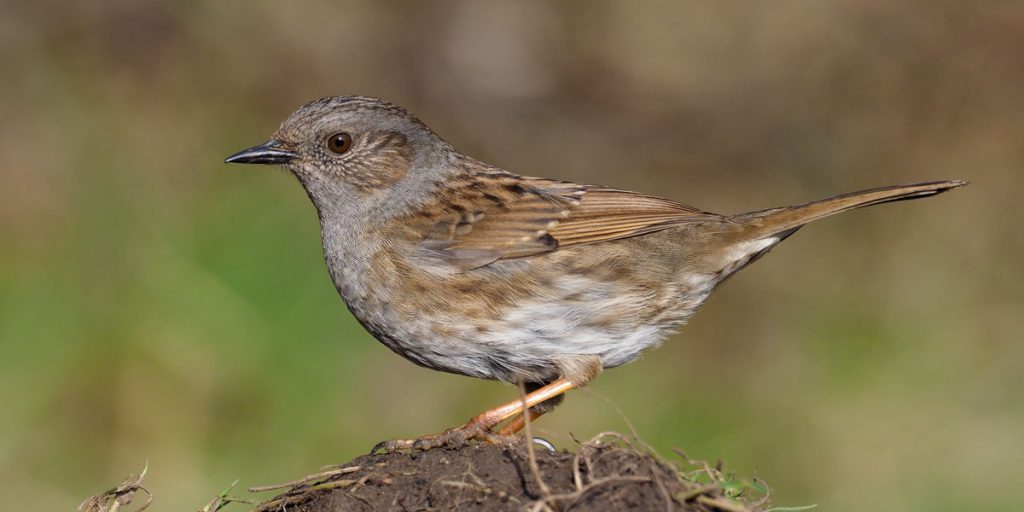

Greenfinches (short thick beak) are big seed eaters throughout the year. With their chunky anvil like seed-eater’s beaks, they will tackle all manner of seeds and grain. They can be found on the ground or in trees depending where the most reliable source of food is coming from during the seasons. To separate the seed from its husk they use their strong beaks to pull the seed apart and are surprisingly nimble at removing the nutritious kernel and discarding the empty shells.
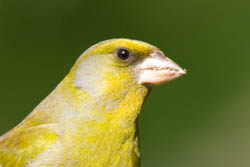

Starlings (long thin beak) feed in family groups and small flocks. To feed, a starling sticks its beak in to the ground, and then opens it to make a hole. Their eyes can swivel to point forward and see if there’s a tasty insect or grub in the hole. They can been seen on lawns punching holes, taking two steps and punching another hole until a whole area has been exhausted of grubs and crawling insects.
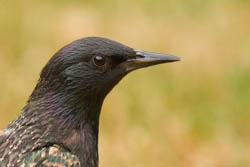

What does all this mean?
Feeding birds in the garden is very rewarding and you’ll start to notice the different ways the birds approach their meal as well as what they feed on. Try and spot which birds have what beaks and the differences between their preferred food and eating habits. Some will visit small bird tables and bird feeders taking their time to feed on whatever bird food you put out, chasing off any birds trying to join them. Others will only take to one feeder, eating peanuts but not the seeds and vice versa. Others still will dash in grabbing a single seed and quickly disappear just as fast as they arrived. While some birds will never visit the bird feeders but instead, hop around under them only ever picking up the scraps and spillage from the birds above.
